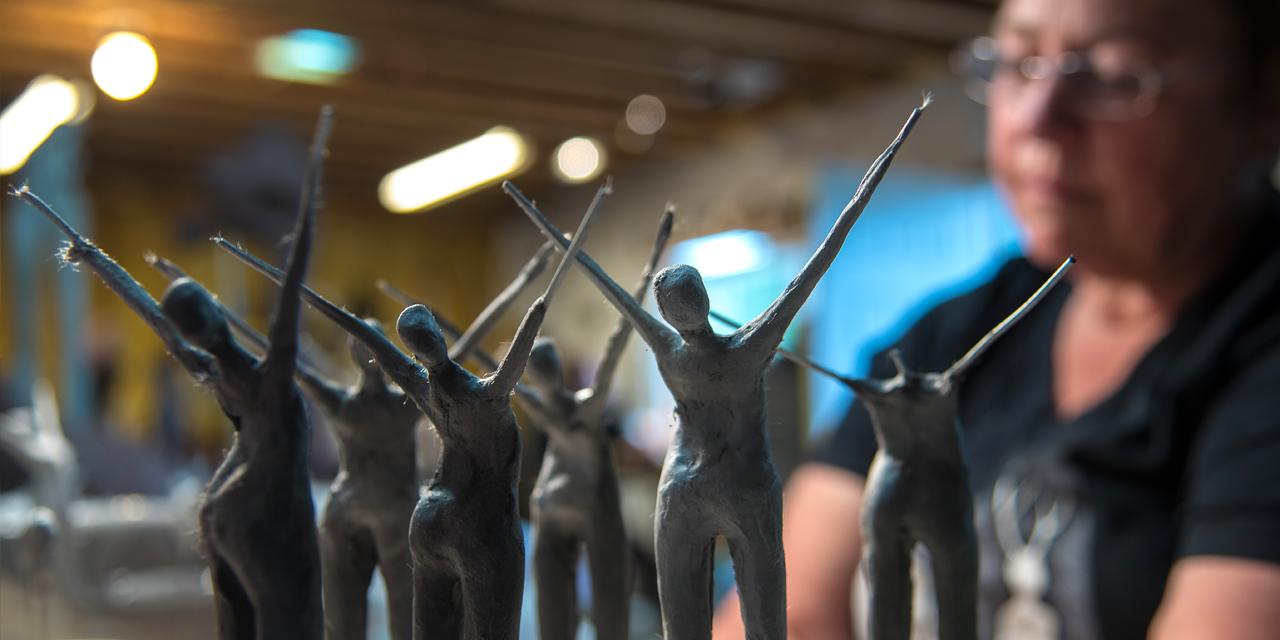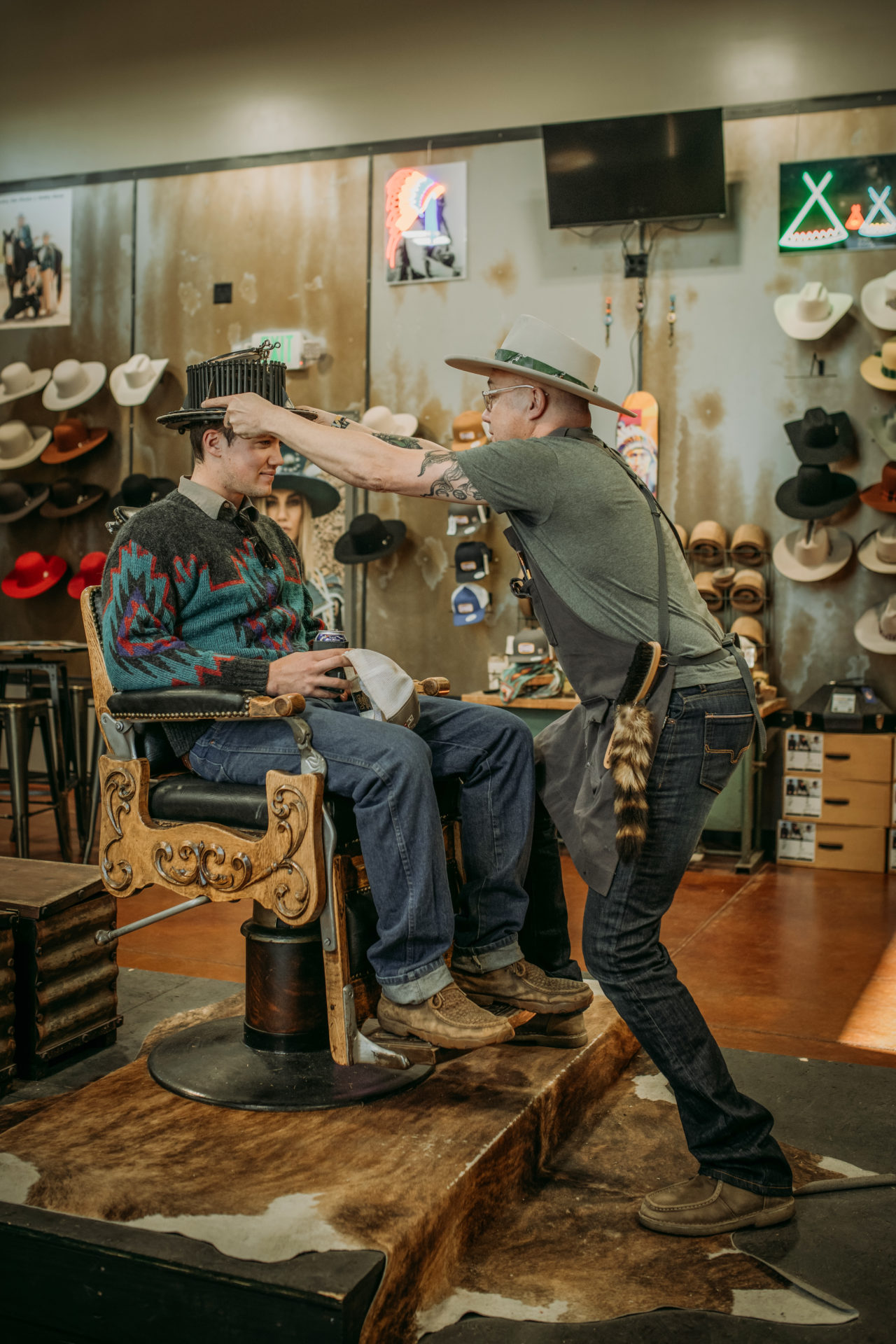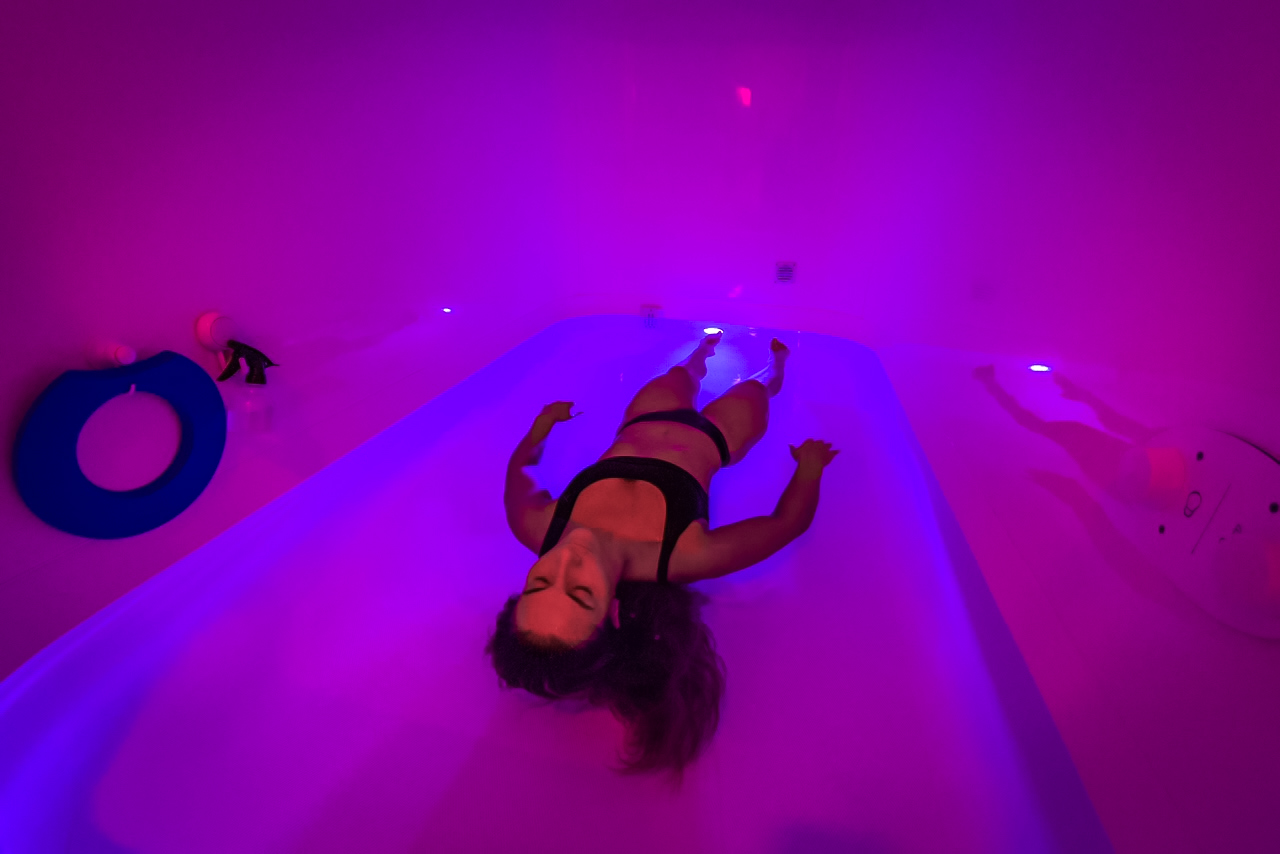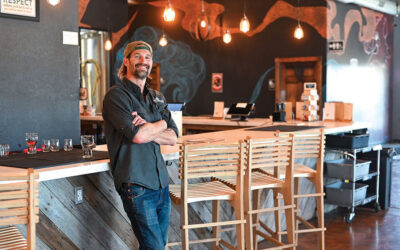Ask an artist why they do what they do and most will say, “Well, I knew I wanted to be an artist from the moment I could hold a crayon.”
Not so for sculptor Lorri Acott. She did want to be an artist, but believed that she simply didn’t have the talent required to make art, never mind be successful at it. She did know from an early age that she had something to say. “I didn’t know what it was, and I didn’t know how I was going to say it,” she admits, sitting at a table in her Red Feather Lakes home/studio that she shares with her husband of two years, Adam Schultz, also a sculptor.
She was married with two children when her father took up sculpting at age 50. And even though Lorri thought she might like to give it a try, she still felt that she just couldn’t do it. She put making art on hold for five years, until the day she dropped into a sculpture workshop her father was taking. “I was so hit by the realization that I had to do this,” she says, “and that I could no longer let my fear keep me from doing it.”
The two Acotts started taking private sculpting lessons together and Lorri felt compelled to make art; to tell stories through sculpture.
Lorri’s husband at that time wasn’t completely supportive of her endeavors, believing that it was a waste of time and money. “I sculpted like an alcoholic drinks,” she recalls. “My husband worked in the restaurant business and wasn’t home at night, so I would make art when he was at work and clean everything up before he got home. I tried to keep it out of his view, because it made him mad.” In 2009, after taking a yearlong leave of absence from teaching to work solely on making art, Lorri decided it was time to make sculpting a full-time endeavor and to get a divorce, turning the page on a new life chapter.

“Arc of Peace”
Lorri tried bronze sculpting, but found that medium to be too expensive while she was still defining her voice. So, she went on a journey to find a medium, ultimately settling on paper clay, which is any type of clay that has cellulose fiber added to it. Paper makes the unfired clay stronger and burns off during the firing process. (Lorri actually has a patent on a type of fiber clay, but making art took precedence over developing a product, so it’s not available to purchase.) She experimented—and failed—a lot while she was developing her technique and style, using steel rods as hidden armature that add even more strength and structure to her pieces. As her work grew in popularity, returning to bronze made a lot of sense. “I can’t create enough individual pieces in clay,” she explains. “Bronze makes it easier to create in quantity.”
Over time, the metaphors that figure into Lorri’s work started to take shape. All of her figures, human and horses, are long-legged, symbolizing rising above life’s challenges. The cracks that appear after the clay has been fired represent the cracks in everyone’s soul—“We all have them,” says Lorri. Origami cranes are about peace and bluebirds represent hope. The horses are about the journey of life. Initially, they didn’t have riders on them, representing Lorri’s need to be free. Later, when she did put figures on them, it became about the spirit of life. Pieces with two figures speak to human relationships, and how we interact with each other.

Some of Lorri’s sculptures have helped her process her grief following the death of her father. “Learning to Swim” is one such piece.
“These are all stories of my life experiences,” Lorri says, waving her hands over a selection of her work. “The more honest and vulnerable and deep I am about my own experiences, the more universal they become, which is really cool. Everybody gets to see what happens to me through my work, if they look that hard, and most people don’t.”
Now, Lorri’s work is about processing her grief after losing her beloved father to dementia last winter. “After my dad died and after we got back [from Arizona], I started sitting with it—the grief. I realized that I needed to work through it with sculpture, like every emotion I have,” muses Lorri. She and her second husband, Adam, decided that they would create pieces for a joint exhibition about grief. Adam loved Lorri’s father, so he was struggling with the loss right alongside her. He is still morning the loss of his mother from a few years ago, as well as his father’s Parkinson’s diagnosis.
Lorri sketched ideas in a notebook as they came to her. One of the pieces, “Learning to Swim,” shows a figure standing tall, with its face just above the water’s surface, which is depicted with the entire sculpture painted blue, except for its upraised face. “My mom called after I posted a picture to Facebook and said, ‘This is exactly how I feel.’” Even before it’s been cast into bronze, two collectors have claimed the first two of the edition. “People understand,” says Lorri.
Another sculpture, “Misplaced Pieces,” shows a figure catching fallen blocks—representing the pieces of the brain lost to dementia. “I remember that day,” she says sadly, “that he couldn’t figure out why a straw couldn’t be used as a fork, and it was so confusing to him why he was even confused. This [piece] is all so literal, so literal.”
Lorri will continue to make art as she processes her loss and seeks to fill the gap left by her father’s death. But, as anyone who has ever lost a loved one knows, the gaps are never filled. Sediment may come to rest at the bottom of the crevasse, but it will always be empty.
And so, as long as life moves forward, the art will continue.
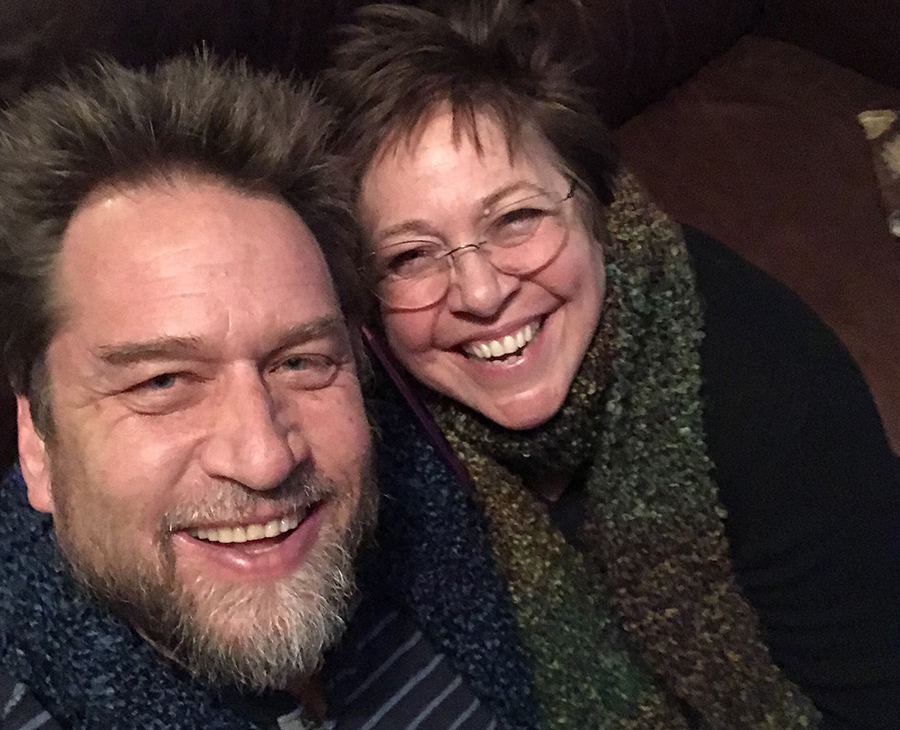
Adam Schultz and Lorri Acott
A Love Story
It may have started when Lorri’s father took that very workshop that sparked her desire to sculpt. Adam Schultz, her husband of two years, was in the very same workshop. But they didn’t discover that until years later.
At first, they were colleagues. Adam worked at the foundry where Lorri brought students for tours. “I thought, ‘What a nice guy—and cute, too,’” she laughs. “But I was still married, and I only thought of him as someone I worked with.” Adam worked on casting her pieces, so he got to know her through her work, and the stories it told. “The work said something to me—emotionally. It was like nothing I’d ever seen,” he remembers.
Ultimately, Lorri got divorced and left teaching to become a full-time artist. She and Adam shared a studio with a handful of other artists, and a deeper friendship began to blossom. They started traveling around the country together to art festivals and exhibitions, spending countless hours in the car and setting up side-by-side booths. Their work is very different, and yet is complementary. They’ve collaborated on installation pieces that are in collections and public spaces throughout the country.
It was during a trip to Florence, Italy, where they were teaching a workshop, that Adam decided to ask Lorri to marry him. But he was hesitant because years earlier, after Lorri’s divorce, when they started looking at each other in a different light, they had a conversation that ended in agreeing to be “just friends; just art support buddies.” But they also said, “Let’s just see how this unfolds.”
Tuscany is romantic. The light and the air are special, and love feels just a little different there. All Adam could think was, “I love this woman. I just have to marry her.” But the words never got past his mouth.
“We were having dinner and I knew something was on his mind,” says Lorri. “I asked him if he was okay, because he looked so upset.”
Turns out, Adam had slipped on some steps moments before and wondered, “What would happen if I fell and never got the chance to ask her to marry me?” The thought rattled him.
“I did it. I said, ’Will you marry me?’ And she just stood there looking at me for about three months,” says Adam.
Lorri laughs. “His three months was probably five seconds,” she says. “I said, ‘Yes, of course.’” They didn’t tell anyone at first, holding the precious secret between the two of them. Three years later, they had a small, intimate and joyous wedding in Red Feather, surrounded by family and friends.
And they are living happily ever after.
Michelle Venus is a freelance writer living in Old Town Fort Collins. To comment on this article, send an email to letters@nocostyle.com.

